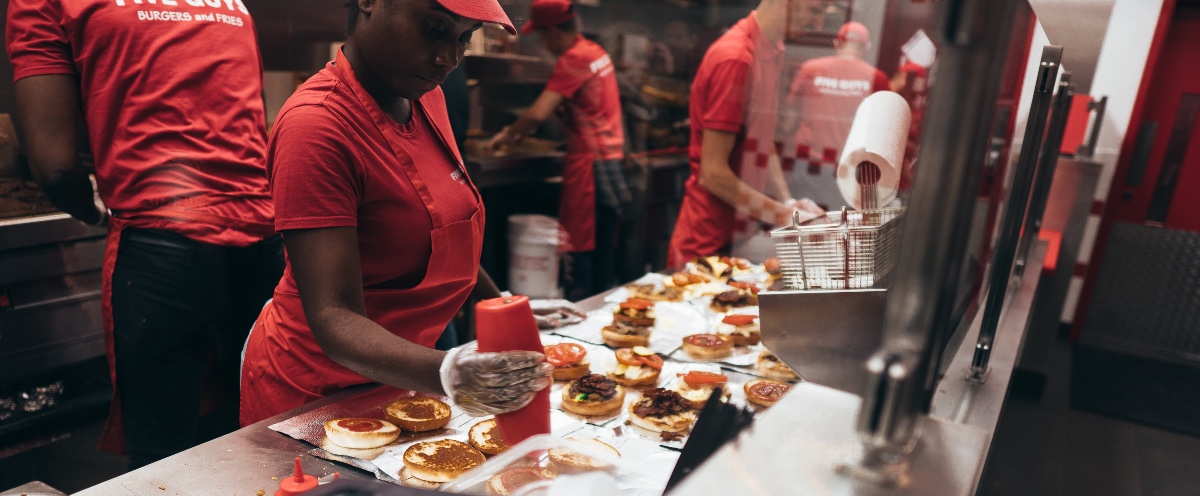MRM EXCLUSIVE: Fast Food Has Become a Hi-Tech Job
4 Min Read By Derek Stangle
Consumers visit a fast food or quick serve restaurant (QSR) with a goal in mind: secure a tasty meal incredibly quickly. Who makes the magic happen? Cashiers, cooks, and other QSR crew members.
Once upon a time, a frontline employee at a fast food restaurant did not necessarily need technological skills to apply for the job. Taking orders at the counter and preparing quick meals were not necessarily perceived as stepping stones to better-paid careers with expanded responsibilities. Fast forward to 2022. Technology has permeated the quick serve restaurant industry and job functions – from point of sale (POS) to complying with food safety standards. QSR workers, like everyone else, are expected to use technology on the job. And many have risen to the occasion.
Wireless networks, wearable computers and the internet of things (IoT) have transformed QSRs into hi-tech hotspots and the employees who staff them into a skilled workforce. In fact, the hi-tech workplace is no longer…
Sorry, You've Reached Your Article Limit.
Register for free with our site to get unlimited articles.
Already registered? Sign in!


